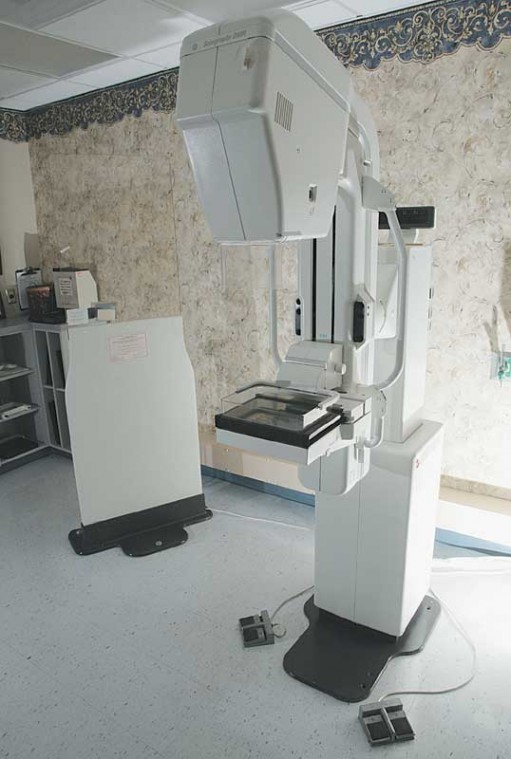
Hollister
– More women in San Benito County are getting regular
mammograms, contrary to a nationwide decline in the breast
cancer-detection procedure.
Hollister – More women in San Benito County are getting regular mammograms, contrary to a nationwide decline in the breast cancer-detection procedure.
A study released by the National Cancer Institute and Centers for Disease Control and Prevention revealed that the rate at which women are undergoing regular mammograms in the U.S. decreased by 4 percent between 2000 and 2005.
This small but significant decrease caused concern among cancer experts, both on a local and national level, but San Benito County doctors are encouraged to see the number of women undergoing the procedure has increased in Hollister in recent years.
The number of women getting mammograms at Hazel Hawkins Hospital increased 3.75 percent from January 2004 to January 2006, according to the hospital’s Director of Radiology Eleze Armstrong.
“I’m not sure what to attribute (the increase) to, but I think it’s a really good thing for our community,” Armstrong said.
Likewise, experts don’t know how to interpret the nationwide decline. Researchers speculated that it could be related to waning fears about breast cancer or increasingly long waits to get radiology appointments.
Doctors and cancer experts are not the only people who feel passionate about the importance of women getting the breast X-rays annually.
Hollister resident Carol Tortorelli, who is the co-chair of Relay for Life, the annual fundraiser for cancer research, has had personal experience with the potentially life-saving exam.
Tortorelli is about to become a five-year cancer survivor. She was diagnosed after her doctor found a small tumor during her biennial mammogram.
“I encourage everyone to get mammograms. I’m an advocate for women,” she said. “I tell people just don’t ever take the attitude ‘it can’t happen to me,’ because it can.”
San Benito County Health and Human Services Director Kathy Flores said she thought it was important to remind women to take care of their health care needs.
The U.S. Department of Health and Human Services recommends that women older than 40 be screened for breast cancer with a mammogram every one or two years.
“Screening mammography is still the gold standard for early detection of breast cancer,” Armstrong said.
Armstrong said she is discouraged by national statistics showing a decrease in screening, but hopes women in Hollister will continue to get their annual or biennial mammograms.
The screening procedure can reduce mortality from breast cancer by approximately 20 percent in women between the ages of 40 and 49, and by up to 35 percent for women between the ages of 50 and 69, according to the Department of Health and Human Services.








